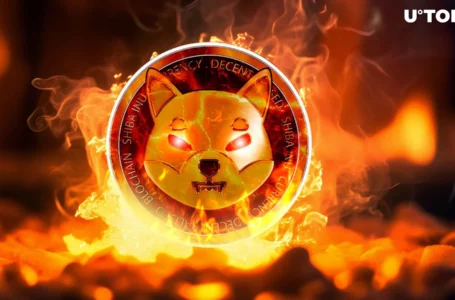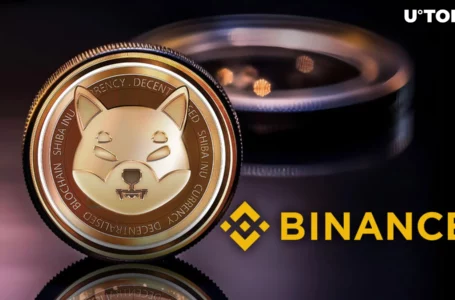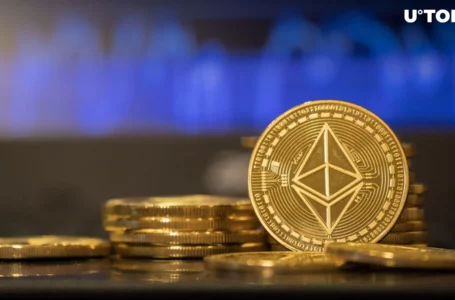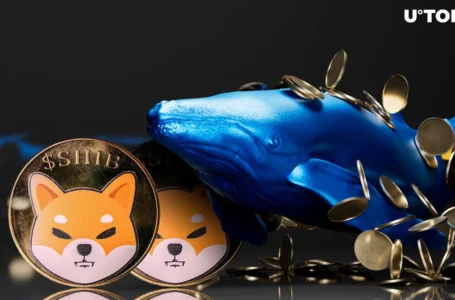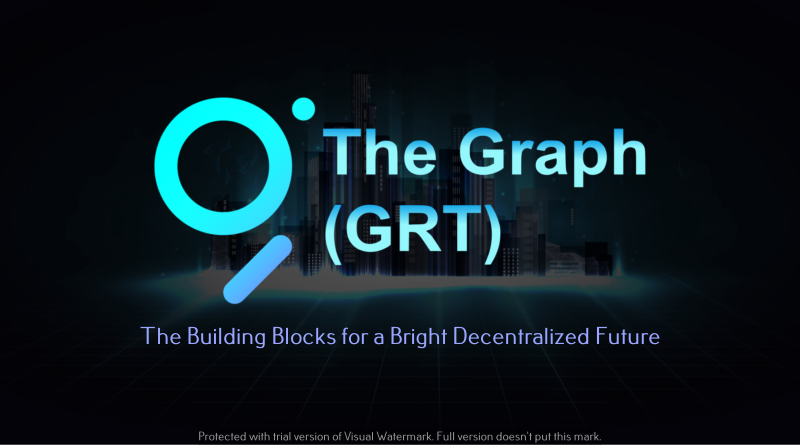
The Graph (GRT) seeks to facilitate the seamless exchange of data between blockchains and applications. The platform is among the first decentralized indexing and querying software available in the market. As such, it continues to see growing adoption. Impressively, the network has already hit well over a billion queries since its launch in 2020.
The Graph offers developers an easy-to-use, cost-efficient, and secure API. This network allows decentralized applications to add data to the Ethereum blockchain utilizing smart contracts. Graph’s APIs are in use by some of the most popular DeFi platforms in the market. Specifically, AAVE, Aragon, Balancer, DAOstack, Uniswap, and Synthetix leverage this technology to improve data responsiveness.
History of Graph (GRT)
Yaniv Tal is the co-founder and CEO of The Graph. The network’s mainnet went live in December 2020 following three years of Beta testing. Shortly following its launch, Graph secured multiple high-level integrations from emerging DeFi platforms.
What Problems Does The Graph (GRT) Solve?
Before 2020, you needed to be technically inclined to build a Dapp that relies on accessing data from the Ethereum blockchain in an efficient way. Back then, developers had to come up with their own strategy to gather data and transform it from different sources. Recognizing this technical barrier, Graph developed a powerful toolset to help drive innovation and simplify this once complicated process. Their primary concerns were to accomplish this task without degrading security.
The recent expansion of the DeFi (decentralized finance) sector has expanded Ethereum’s market position yet again. Ethereum is by far the most popular DeFi blockchain, with hundreds of platforms launching since 2020. As such, Graph is positioned perfectly to help fuel this development.
Benefits of The Graph (GRT)
There are a lot of benefits gained from Graph’s approach. Notably, The network is capable of indexing data coming from Ethereum, IPFS, and PoA networks. In this way, Graph eliminates the technical barriers to querying.
How Does The Graph (GRT) Work?
Graph employs a combination of blockchain tech and advanced indexing protocols to improve querying blockchain data. Specifically, it relies on GraphQL technology to provide a complete description of the data in each API. Anyone can use the Graph Explorer portal to scan through the subgraphs on the platform.
Subgraphs
Subgraphs are a core protocol of the Graph ecosystem. In this network, developers can build and publish different APIs. These protocols are then grouped into open APIs called subgraphs. Users gain access to this data via the GraphQL API. Notably, there are 2,300+ subgraphs deployed on the network currently.
Graph Node
Graph Nodes are another critical component of the network. These nodes locate any information that answers the questions from the subgraph. In order to accomplish this task, the node scans the entire blockchain database and gathers together all the data relevant to the queries made by users.
Graph (GRT)
GRT is the main utility and governance token of Graph. This ERC-20 token can be used to transfer value globally. Notably, rewards are paid out in GRT. GRT holders also gain other rights in the network. Keenly, the token has a maximum supply of 10,000,000,000 GRT coins.
Governance
The Graph Council is responsible for guiding the future developments of Graph. Interestingly, the network will switch to a decentralized governance model in the coming months. Specifically, the platform intends to launch a DAO. This approach will allow users to vote on any changes to the technical parameters of the protocol. DAOs are growing in popularity due to their inclusive nature.
The Graph Foundation
The Graph Foundation seeks to promote widespread adoption and accelerated innovation of the Graph network. The group funds new products and networks utilizing Graph. Interested contributors who want to help build on Graph’s success can apply to their Grants Program. The foundation allocates grants and ecosystem funding to projects deemed exciting and with growth potential. This funding is derived from 1% of the network fees.
Conclusion
Graph provides a much-needed service to an industry on the verge of another breakout year. The network continues to help fuel further innovation and development of the decentralized sector. You can expect to see even more DeFi platforms leverage this secure and efficient method for acquiring Ethereum blockchain data as the industry blossoms. For now, Graph is set to continue its role as a cornerstone technology in the market.


